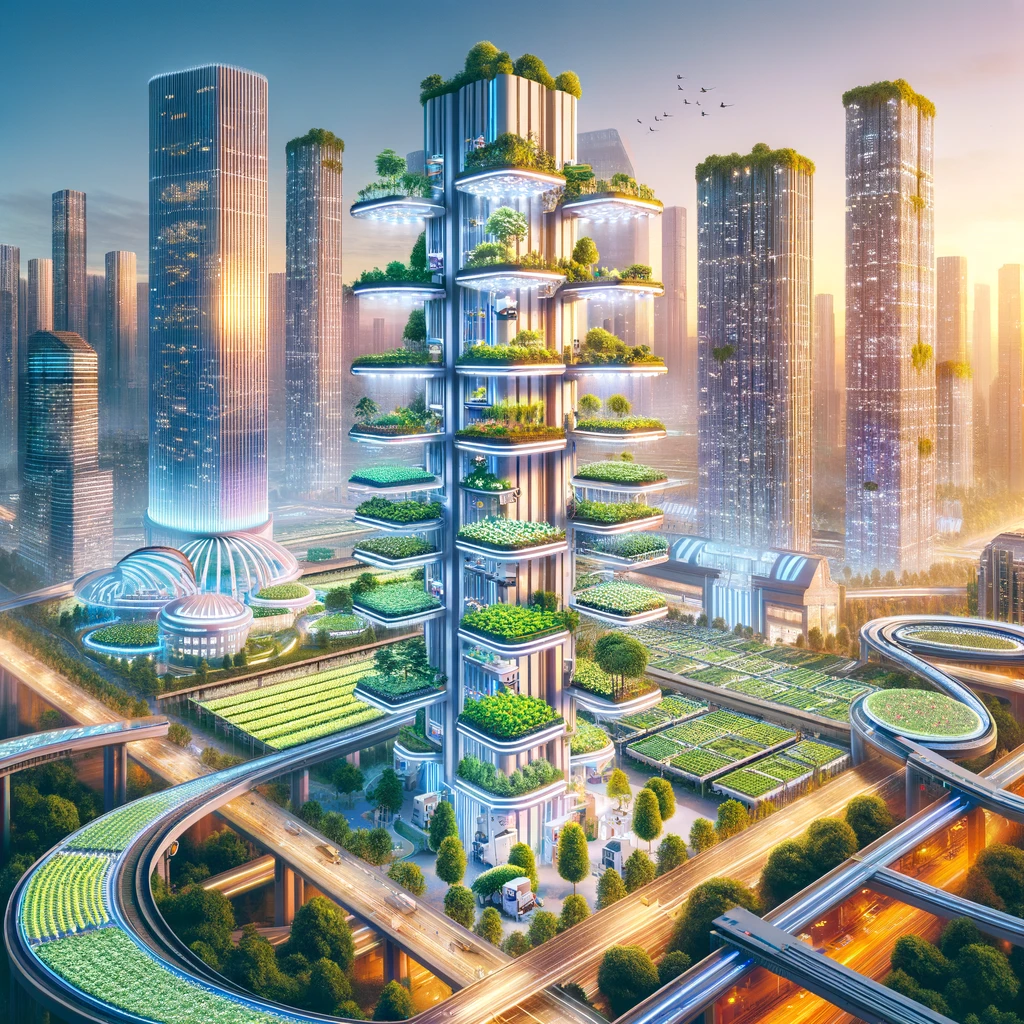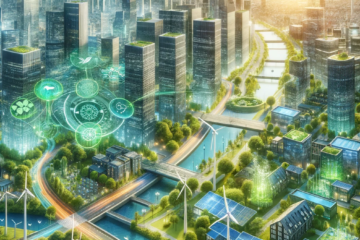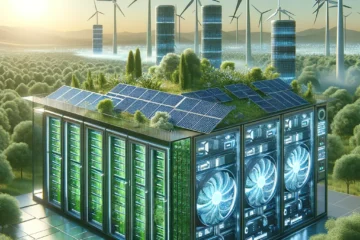As global populations soar and urban centers expand, the challenge to efficiently produce food in close proximity to where most people live becomes increasingly critical. Enter vertical farming—a revolutionary method of growing crops in stacked layers, often utilizing controlled environment agriculture (CEA) technology. This innovative approach to urban agriculture is not just a trend; it’s a solution to many pressing food and environmental issues faced by our burgeoning cities. In this article, we will delve into the essence of vertical farming, explore the drivers behind its growth, examine the latest technological advancements, consider the benefits, confront the challenges, and speculate on the future landscape of urban farming.
Understanding Vertical Farming
Vertical farming is a method of cultivating plants in vertically stacked layers or structures, such as in a skyscraper, used warehouse, or shipping container. This modern agricultural technique employs soilless farming methods—such as hydroponics, aeroponics, or aquaponics—and often integrates controlled environment conditions to optimize plant growth and minimize resource consumption. By carefully controlling light, temperature, water, and nutrients, vertical farms can produce crops year-round, free from the constraints of traditional agricultural seasons or weather conditions.
Key Drivers of Vertical Farming Growth
The growth of vertical farming is propelled by several key factors: increasing urbanization, the depletion of arable land, the rising demand for fresh and local produce, and heightened awareness of sustainability. As cities become more populated, the need for fresh food that doesn’t require long-distance transportation grows. Vertical farms offer a way to reduce the carbon footprint associated with conventional farming and food distribution. Additionally, the ongoing innovation in technology and the desire to mitigate the impact of climate change are driving investment and interest in vertical farming solutions.
Innovations in Vertical Farm Tech
Technological innovation is the backbone of the vertical farming industry. Advancements in LED lighting have made it more energy-efficient and cost-effective to provide the specific light spectra plants need to photosynthesize indoors. Automation technology, including robotic systems, has streamlined planting, monitoring, and harvesting processes, reducing labor costs and human error. Cutting-edge climate control systems maintain the optimal growing environment, while innovations in growth mediums and nutrient delivery systems improve plant health and yield.
Benefits of Urban Vertical Farms
Urban vertical farms offer a myriad of benefits. They significantly reduce water usage compared to conventional agriculture, as closed irrigation systems recycle water. Crops can be grown without pesticides due to the controlled environment, which is healthier for both consumers and the planet. Vertical farms can also increase local food production, thereby cutting transportation costs and improving food security. Moreover, by revitalizing unused urban spaces such as abandoned buildings, these farms can contribute to urban renewal.
Challenges Facing Vertical Agriculture
Despite its potential, vertical farming faces several challenges. High initial setup and operational costs can be a barrier to entry for many would-be vertical farmers. Energy consumption remains a concern, particularly for farms that rely heavily on artificial lighting. There is also the need for skilled labor to manage these high-tech agricultural systems, which can be difficult to source in urban areas. Additionally, scaling up vertical farming operations to meet large-scale demands while maintaining efficiency and profitability is a puzzle yet to be fully solved.
The Future Landscape of Urban Farming
As urban populations continue to rise and technology advances, the landscape of urban farming is poised for significant transformation. Vertical farming is likely to become more commonplace, integrated into the architecture of buildings and neighborhoods as a standard feature. Collaborations between tech companies, agricultural experts, and city planners will likely result in smarter, more energy-efficient systems. With continued innovation and investment, vertical farming has the potential to reshape how cities feed themselves, making local, sustainable produce a staple of urban life.
The rise of vertical farming technology heralds a new era in urban agriculture, one that promises to bring fresh, locally grown produce to the heart of our cities. By understanding its mechanisms, driving forces, and latest technological leaps, we can appreciate the substantial benefits while acknowledging the hurdles that must be overcome. The future landscape of urban farming, replete with green skyscrapers and rooftop gardens, offers a glimpse of an exciting, sustainable food system tailor-made for the challenges of the 21st century. As this trend continues to grow, it will not only change the skyline but also how we think about and interact with our food sources.




